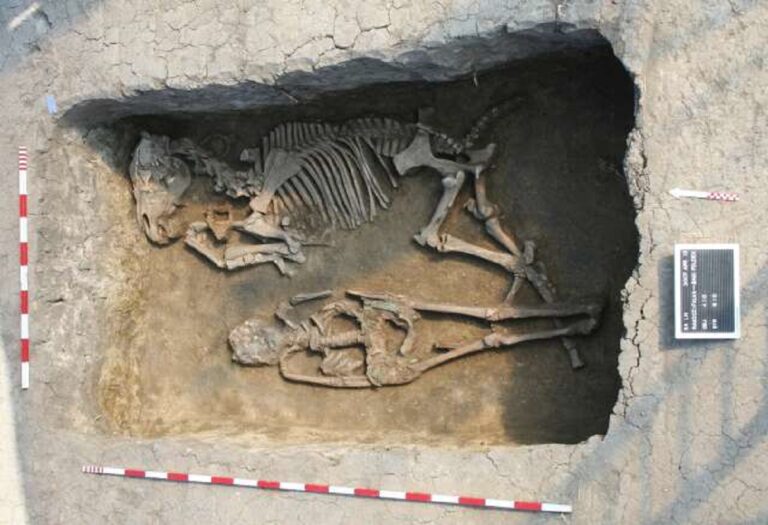The Avars, a mysterious group that played a pivotal role in the European Middle Ages, have long intrigued historians and archaeologists alike. Recent DNA analysis has now shed light on the intriguing family structures and social dynamics of this enigmatic people.
Unveiling the Genetic Secrets
Historically, the Avars were known as fierce warriors who arrived in Europe around the late 6th century. For over two centuries, they dominated the Carpathian Basin, interacting with various other groups and empires. Despite their significant historical impact, details about their origin and lifestyle remained shrouded in mystery. However, modern genetic analysis techniques have recently provided new insights into their way of life, particularly their family and social structures.
Researchers conducted extensive DNA testing on skeletal remains found in burial sites believed to be linked to the Avar elite. The results have been fascinating, revealing complex patterns of both biological and cultural heritage.
Family Ties and Social Structure
The DNA evidence suggests that the Avar society was patrilineal, with family lines and inheritance likely traced through male descendants. This finding aligns with other nomadic tribes from the Eurasian steppes, which is where the Avars are believed to have originated before they migrated to Europe.
Interestingly, the genetic data also indicated a significant level of mobility and intermarriage among the Avars and neighboring groups. Women from local European communities often married into Avar families, suggesting that the Avars were more integrated with local populations than previously thought. This blend of cultures could have played a role in the Avars’ ability to maintain power in such a diverse region.
Implications of Genetic Findings
These genetic insights not only help historians paint a more accurate picture of the Avar societal structures but also highlight the complex human behaviors of historical populations. Understanding the familial mores of the Avars adds depth to our knowledge of their society’s functioning and its integration within the broader European context of the time.
The fusion of genetic data with historical and archaeological sources is proving to be a powerful tool in unraveling the details of societies that have long since faded from memory. For the Avars, this means a new narrative is being constructed—one that portrays them not just as conquerors and warriors but as a dynamic and interconnected society.
These findings are a testament to how modern science can illuminate the pages of history, giving voice to the silent stories of the past. As we continue to decode the genetic blueprints of ancient civilizations, we can expect to uncover even more about the rich tapestry of human history.






